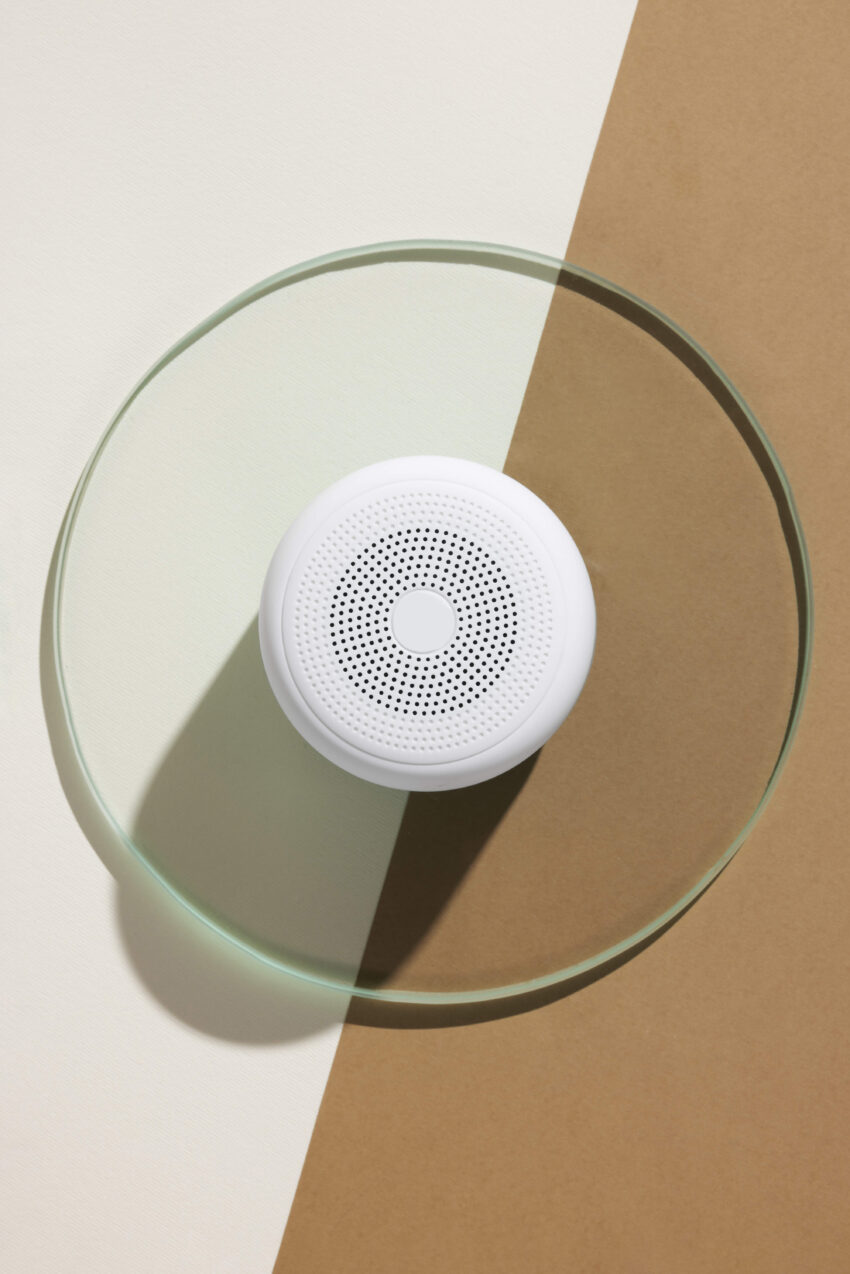The way a space sounds can have a profound impact on the way it feels and the experience of the people within it. Subtle adjustments to elements like speaker placement, equalization, and volume can subtly alter the perceived size, spaciousness, and atmosphere of a room. In this blog post, we will explore how ceiling speaker layouts can be used to psychologically influence ambiance through sound manipulation.
Understanding Basic Acoustics
Before getting into specific layout designs, it’s important to have a basic understanding of room acoustics. Sound behaves differently depending on the size and shape of a space. Larger rooms tend to have more natural reverb while smaller rooms feel tighter and more confined. The layout of furnishings, fixtures, and other soft or hard surfaces also impacts how sounds reflect off walls and objects. Proper speaker placement takes these factors into account to distribute sound in a balanced way across a space.
Optimizing Coverage Areas
When installing in-ceiling speakers, the first consideration is ensuring adequate coverage of the primary listening area. Most systems use multiple speakers to thoroughly blanket a room in sound. Too few speakers may leave weak spots, while too many introduce phase issues. Consult speaker specs and do test runs to find the ideal configuration. Often symmetrical layouts provide the most even dispersion. But coverage may also be tailored to accent particular zones.
Section 1: Standard Layouts
There are a few standard ceiling speaker layouts commonly used as starting points before customizing for a specific space:
Grid Pattern
Arguably the most versatile approach is a grid layout with evenly-spaced speakers in rows and columns. This blankets a large area with consistent coverage. The grid can be adjusted to tailor dimensions to the room shape.
Perimeter Placement
Arranging speakers around the edges of the ceiling provides broad overall dispersion while minimizing phase interference concerns compared to clustering in the center. Corners may need extra speakers.
Balcony Surround
For a cinematic at-home theater effect, place speakers above the viewing section then add overhead or elevated rear speakers. This creates an immersive 3D audio stage. THX certification requires very specific layouts.
Section 2: Creative Concealment Techniques
While functionality should come first, ceiling speakers can also be an interior design element. With some clever concealment methods, they blend seamlessly into the overall aesthetic. Here are a few creative concealment ideas:
Concealing Ceiling Speakers Creative Design Ideas
There are many ways to hide ceiling speakers in plain sight such as integrating them behind attractive grill designs. Decorative paneling, lighting fixtures, ductwork mockups provide low-profile disguises that preserve sound quality. Even pop-corn textured ceilings make speaker grilles practically invisible.
Recessed Housings
Recessed housings installed during construction let speakers sit only an 1/8″ proud while appearing fully flush. They work well with drop ceilings and are undetectable from below. Careful aiming ensures optimal sound dispersion.
Attic Placement
Mounding lightweight attic trusses or 2×4 blocking provide just enough overhead clearance to position speakers up high out of direct line of sight for an uncluttered look. This can maximize acoustic advantages too.
Furniture Integration
For special features like media rooms, build speakers discretely into built-in cabinetry, shelves, soffits or lighting sconces. Wrapped in fabric, they maintain furnishings’ aesthetic significance while enhancing ambiance.
Section 3: Tuning the Experience
With speakers optimally placed, the sonic character remains customizable through digital signal processing:
Equalization
Each listening zone may require its own EQ curve shaped by its unique acoustic properties. Adjust bass, mid, and treble levels for a natural spectral balance across the full listening area.
Room Correction
More advanced algorithms dynamically counteract problematic room modes, reflections, and standing waves to distribute sound in an even, transparent manner. They electronically “undo” the room’s influence on the audio.
Presets
Save tunings tailored to various program material genres and intended listening moods. Switch between calibrated orchestral, party, movie night, and background music ambiances at the touch of a button.
Conclusion
While there are general best practices, every space offers unique challenges requiring customized solutions. With a blend of practical coverage, clever concealment, and digital sound sculpting, ceiling speaker layouts can subtly craft any ambiance. Whether modifying an existing setup or designing from-scratch, applying these principles transforms the psychology of sound in a space.
Learn More:- https://justnock.com/read-blog/58801


